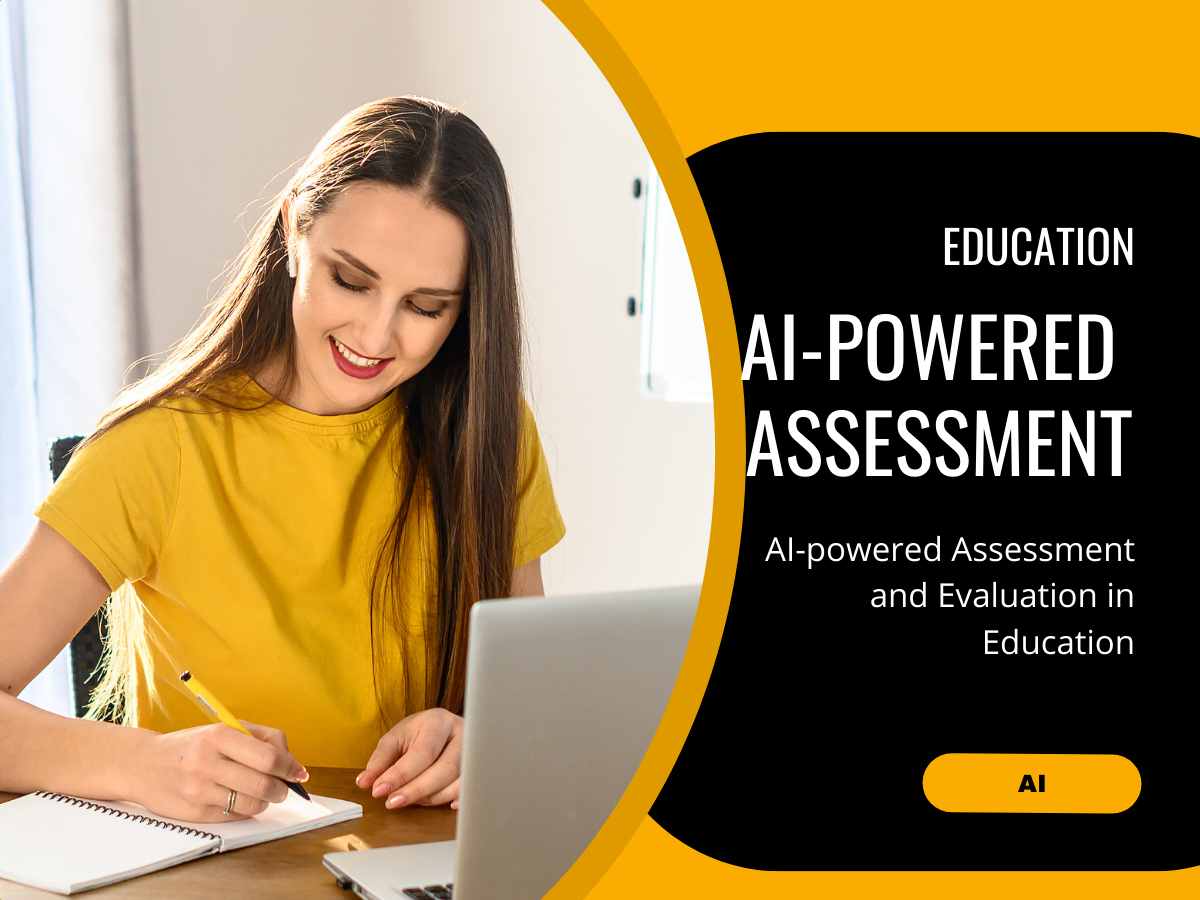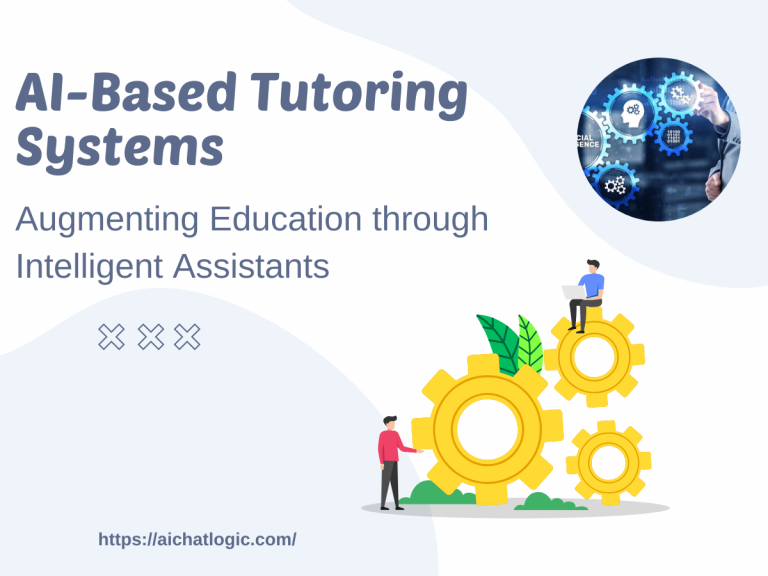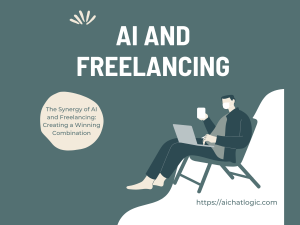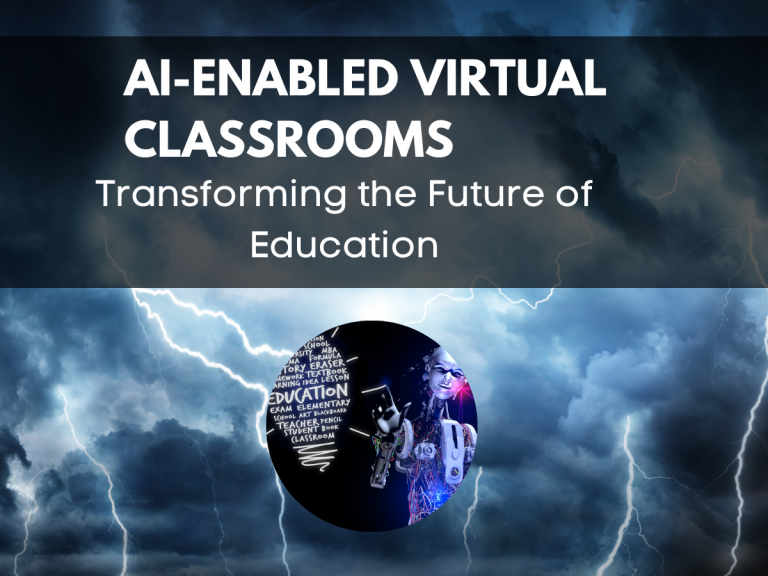1. Introduction: The Role of AI in Education
As technology continues to reshape the educational landscape, AI has emerged as a powerful tool with the potential to improve various aspects of teaching and learning. AI refers to the simulation of human intelligence in machines, enabling them to perform tasks that typically require human intelligence, such as problem-solving, data analysis, and decision-making. In education, AI has the potential to enhance assessment and evaluation practices, making them more efficient, personalized, and impactful.
2. Understanding AI-powered Assessment
AI-powered assessment involves the use of intelligent algorithms and machine learning techniques to analyze student performance data and provide meaningful insights. These assessment tools leverage AI’s capabilities to process large volumes of data and identify patterns, trends, and areas for improvement. By analyzing students’ responses, these tools can assess their knowledge, skills, and competencies in real-time, allowing for immediate feedback and personalized learning experiences.
3. Advantages of AI-powered Assessment
3.1 Personalized Learning Experience
AI-powered assessment enables personalized learning experiences by tailoring educational content to individual student needs. These tools can adapt to students’ learning styles, preferences, and pace, providing customized recommendations and resources. By understanding students’ strengths and weaknesses, AI-powered assessment helps educators deliver targeted instruction and interventions, fostering better learning outcomes.
3.2 Immediate and Actionable Feedback
Traditionally, students had to wait for days or even weeks to receive feedback on their assessments. With AI-powered assessment, feedback becomes instantaneous. Students receive immediate feedback on their performance, enabling them to identify areas of improvement and take corrective actions promptly. This timely feedback promotes continuous learning and helps students stay motivated and engaged.
3.3 Enhanced Objectivity and Consistency
Human grading is susceptible to biases and subjectivity. AI-powered assessment eliminates these concerns by providing objective and consistent evaluations. The algorithms used in these tools follow predefined criteria and rubrics, ensuring fairness and reducing grading inconsistencies. This objectivity enhances the credibility and reliability of assessments outcomes.
4. Challenges and Ethical Considerations
While AI-powered assessment offers numerous benefits, there are challenges and ethical considerations that need to be addressed to ensure its responsible and effective implementation in education.
4.1 Ensuring Data Privacy and Security
AI-powered assessment involves the collection and analysis of vast amounts of student data. It is crucial to safeguard this data and ensure its privacy and security. Educational institutions must establish robust data protection measures, comply with relevant regulations, and prioritize transparency and informed consent when using AI-powered assessments tools.
4.2 Addressing Bias and Fairness
AI systems are only as good as the data they are trained on. If the training data contains biases or lacks diversity, the AI-powered assessment tools may produce unfair or discriminatory outcomes. It is essential to address these biases by regularly evaluating and refining the algorithms, promoting diversity in training data, and involving diverse stakeholders in the development and implementation process.
4.3 Maintaining Human Connection and Empathy
While AI-powered assessment can provide valuable insights, it should not replace the essential human connection between educators and students. Education is a holistic process that involves social and emotional aspects. It is crucial to strike a balance between the use of AI-powered tools and maintaining meaningful interactions, empathy, and support from educators.
5. The Future of AI-powered Assessment
AI-powered assessment holds immense potential for the future of education. Here are some exciting possibilities:
5.1 Adaptive Learning and Individualized Instruction
AI-powered assessment can enable adaptive learning, where educational content is dynamically adjusted based on students’ progress and needs. Through continuous assessments and analysis, AI can provide personalized recommendations, adaptive resources, and tailored instruction, allowing each student to learn at their own pace and level.
5.2 Intelligent Tutoring Systems
Intelligent tutoring systems powered by AI can act as virtual tutors, providing personalized guidance and support to students. These systems can identify students’ misconceptions, offer targeted explanations, and suggest additional practice materials. By leveraging AI’s capabilities, intelligent tutoring systems can provide individualized assistance and promote mastery learning.
5.3 Predictive Analytics for Early Intervention
AI-powered assessment can analyze data to identify students at risk of academic challenges or disengagement. By detecting early warning signs, educators can intervene proactively, providing targeted support and interventions to prevent academic setbacks. Predictive analytics powered by AI can help educators make data-informed decisions and promote student success.
6. Implementing AI-powered Assessment in Education
To successfully implement AI-powered assessment in education, several key considerations should be taken into account:
6.1 Teacher Training and Professional Development
Educators need adequate training and professional development opportunities to effectively leverage AI-powered assessment tools. Training programs should focus on enhancing educators’ technological proficiency, data literacy, and ethical considerations associated with AI in education.
6.2 Ensuring Access and Equity
As AI-powered assessments becomes more prevalent, it is essential to address the digital divide and ensure equitable access to these tools. Efforts should be made to bridge the gap between schools with varying resources and capacities, ensuring that all students can benefit from AI-powered assessment opportunities.
6.3 Collaboration between Educators and Technologists
The successful integration of AI-powered assessment requires collaboration between educators and technologists. Educators should actively engage with developers and researchers, providing valuable insights and feedback to improve the usability, effectiveness, and ethical considerations of AI-powered assessments tools.
7. Frequently Asked Questions (FAQs)
FAQ 1: How does AI-powered assessment work?
AI-powered assessment works by using intelligent algorithms to analyze student performance data. These algorithms identify patterns, trends, and areas for improvement, providing personalized feedback and recommendations to students and educators.
FAQ 2: Can AI completely replace human teachers in assessment?
No, AI cannot completely replace human teachers in assessments. While AI-powered assessment offers valuable insights and efficiency, the role of human teachers in providing guidance, support, and personalized instruction remains crucial.
FAQ 3: What are the potential risks of using AI in assessment?
Potential risks of using AI in assessment include biases in algorithms, data privacy concerns, and the risk of overreliance on automated evaluations. It is important to address these risks through careful algorithm design, robust data protection measures, and a balanced approach to AI integration in education.
FAQ 4: How can AI address individual student needs?
AI can address individual student needs by analyzing data and providing personalized recommendations and resources. Through adaptive learning and intelligent tutoring systems, AI-powered assessments can offer tailored instruction, support, and interventions based on each student’s unique learning requirements.
FAQ 5: What measures are taken to ensure the fairness of AI-powered assessment?
To ensure fairness in AI-powered assessments, it is essential to regularly evaluate and refine the algorithms to eliminate biases. Promoting diversity in training data, involving diverse stakeholders in the development process, and prioritizing transparency and accountability are crucial steps in ensuring the fairness of AI-powered assessments.
8. Conclusion
AI-powered assessment holds immense potential in transforming assessment and evaluation practices in education. By leveraging AI’s capabilities, educators can provide personalized learning experiences, immediate feedback, and enhanced objectivity in assessments. However, the responsible implementation of AI-powered assessment requires addressing challenges related to data privacy, bias, and maintaining human connection. Through collaboration, training, and ethical considerations, AI-powered assessment can shape a future where education is more inclusive, adaptive, and student-centered.










+ There are no comments
Add yours